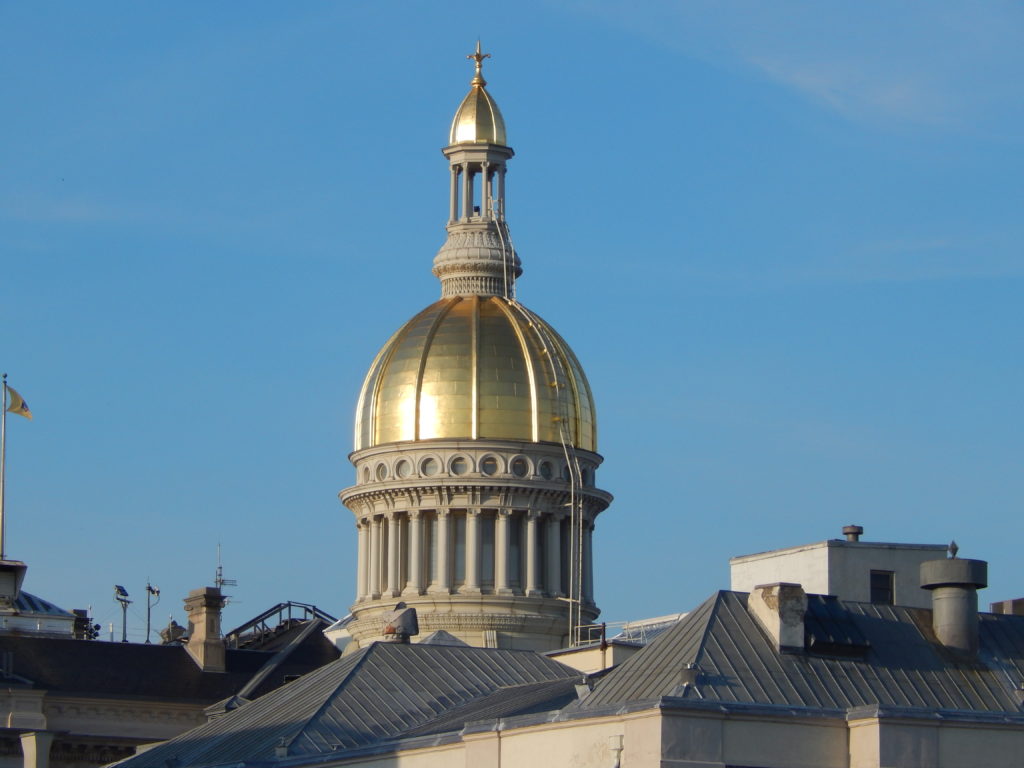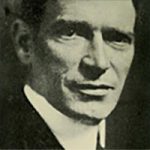More Outreach to Leaners could Strengthen Parties and Boost Voter Turnout

In this age of the emerging independent voter, strong political parties may be more important than ever.
Though more and more voters initially may describe themselves as “independent” in public opinion surveys, more in-depth studies suggest few voters are truly independent.
This is where political parties can help. Historically, they have been successful at getting voters to the polls. In this time of relatively low voter turnout, strong political parties could be the key to increasing overall voter participation by getting “soft” independents to vote.
Though statistics vary, research into voting behavior pegs the percentage of independent voters as having increased from 20 percent in the 1950’s to almost 40 percent today.
These statistics are supported by the most recent ones published by the New Jersey Division of Elections. According to its statewide Voter Registration Summary, published September 30, 2019, 39 percent of registered voters in New Jersey are unaffiliated, or independent.
Independent voters have been largely portrayed favorably by the media. They are held up as the most informed and thoughtful of voters. The focus of pre-election polls, often conflated with swing voters, independents are viewed as pivotal to the outcome of the election.
Believed to be free of partisan ties, independent voters are perceived as preferable to voters who most readily identify with a political party.
To many political scientists and pundits this increase in independent voters has become associated with the decline in the political party system.
At first blush, it does seem as if partisan ties have been loosened, resulting in increased numbers of voters casting their ballots free of partisan leanings. This decline in party identification has ultimately led to weakened political parties.
In-depth research into voting behavior challenges the notion that so-called “independents” have no leanings, even if their loyalty may be more limited than party faithful. They won’t necessarily become volunteers or send checks even if they favor candidates from one party or the other. Since there are more independents than Republicans or Democrats these days, the loss of more tangible support is one reason for party decline.
Party officials, however, should take heart from recent research that shows the majority of voters, whether they identify as independent or not, nevertheless base their vote on partisan identification. It suggests outreach efforts by parties to independent leaners likely won’t be in vain.
The new research builds upon The American Voter, the seminal study of voting behavior.
Jody C. Baumgartner and Peter C. Francia, authors of Conventional Wisdom and American Elections, assert that “While some have challenged the central role of party identification in vote choice, over time research has clearly demonstrated its powerful influence. This partisan identification develops in childhood under the influence of one’s parents.”
Thus, voting is just as much a learned behavior as any other aspect of the socialization process.
The percentage of voters identifying themselves as independent has grown. The National Election Study (NES), a survey of voters funded by the National Science Foundation in 1977, shows that the number of people responding independent has grown significantly over the years.
However, this percentage is based on responses to the first question asked in the survey “generally speaking, do you usually think of yourself as a Republican, a Democrat, an independent, or what?”
There is a follow-up question, though, which may be more significant in measuring the true extent of independents in the voting population. To those answering independent to the first question the following question is asked: “Do you think of yourself as closer to the Republican or Democratic party?”
According to Baumgartner and Francia “if we examine this group of independents further and include the response to the second question, we see that the percentage of people who claim to be closer to neither party is rather small.”
Thus, there may not be as many pure independents as the statistics suggest, but rather an increase in voters who self-identify as independents but are actually independents who lean toward one party or the other.
While the part of the electorate identifying as independents is increasing, the research suggests that these voters lean toward one party or the other. While perhaps not as loyal as declared party members, they are still influenced by political party preferences.
It should be noted as well that these soft independents tend to vote less often than party identifiers. This depresses voter turnout and provides political parties with an opportunity to boost it. More outreach to independent leaners also could help rebuild parties by persuading them to become more active.
Strong political parties, a major function of which is to rally voters to the polls in favor of their candidates, could easily tap into soft independents who lean toward one party or the other.
These efforts would result in greater participation in elections by voters, whether strong partisans or soft independents, and redound to the public good.
The New Jersey Election Law Enforcement Commission (ELEC) has long championed stronger parties in New Jersey. Several proposals, published on its website and discussed through the years, would work toward a stronger party system.
Better voter turnout as parties tap not only partisan loyalists but independent leaners could be a big win for everyone.
Jeff Brindle is the Executive Director of the New Jersey Election Law Enforcement Commission.
The opinions presented here are his own and not necessarily those of the Commission.








As an independent voter, I would point out that in 1796 President George Washington predicted that political parties would prove incapable of providing good government and that Americans should not start nor support political parties. Two hundred and twenty three years later we can see that President Washington was right, a two-party system copied from England’s having taken us through an unnecessary cycle of wars, financial failures, and political corruption that, for the most part, was introduced into American government by European political parties. In the election of 1800 Americans elected a political party into power. Independent voters do not vote for party candidates because they lean toward one party or the other. They vote for party candidates because independent voters cannot meet the nomination petition signature requirements that political parties have assigned to independent candidates, something that has been taking place since about 1970, when party politicians began to notice an increase in the number of independent voters. In this state, an independent voter has to get 37,000 signatures to run for statewide office, while a Democrat or Republican has to get about 5,000, and a minor party candidate has to get about 100.
So independent voters are beginning to see that political parties are the cause of the bad government they are laboring under and that independent voters are the cure to America’s political woes, not the corrupt political parties that caused them. When free and open elections are once again restored to America, we can have independent candidates running against independent candidates the way it was when George Washington made his assessment, and the American people can begin to correct the problems that political parties have caused.